The UK government has outlined its ongoing efforts to enhance maritime surveillance and safeguard undersea infrastructure, in response to concerns over recent submarine activity and the security of undersea cables, according to written parliamentary responses from the Ministry of Defence (MoD).
Responding to questions from Stephen Gethins, SNP MP for Arbroath and Broughty Ferry, on 7th March 2025, Parliamentary Under-Secretary Luke Pollard stated that the Royal Navy is actively adopting new technologies to detect subsurface threats, while the UK is working with security agencies and international partners to protect critical undersea infrastructure.
When asked what steps the government is taking to enhance maritime surveillance in response to recent submarine activity in British waters, Pollard confirmed that monitoring UK territorial waters remains a core priority for national defence.
He stated:
“Protecting the UK and responding to threats in our territorial waters is a critical component of the Defence mission to protect the nation, and we constantly monitor activity within UK waters to counter and deter threats.”
According to the MoD, the Royal Navy is working to integrate new remote and autonomous anti-submarine sensors to improve its ability to detect underwater threats. However, details on future capabilities remain under review as part of the ongoing Strategic Defence Review.
While the response confirms a commitment to advancing anti-submarine warfare (ASW) capabilities, it does not provide specifics on new investments or timelines for deploying enhanced detection systems.
In a separate question, Gethins asked what steps the MoD is taking to protect undersea telecommunications cables and other vital maritime infrastructure. Pollard reaffirmed the UK’s commitment to enhancing the security and resilience of critical subsea assets, stating:
“We continue to coordinate with HMG partners, particularly DSIT (Department for Science, Innovation and Technology) and DESNZ (Department for Energy Security and Net Zero), who own critical undersea infrastructure policy, as well as security partners, industry, and international bodies to assess and understand risks to this infrastructure.”
This response follows growing concerns over potential threats to subsea data and energy cables, which form a crucial part of the UK’s digital and energy security.
Pollard also referenced an earlier statement made in Parliament by the Defence Secretary on 22nd January 2025, regarding the activities of the Russian spy ship Yantar. The ship has been suspected of loitering near UK critical underwater infrastructure, raising concerns over possible attempts to map or interfere with subsea assets.
According to the government, efforts by the RAF, Royal Navy, and Royal Fleet Auxiliary (RFA) were made to deter Russian vessels from operating near sensitive UK undersea infrastructure.
At the UK Defence Journal, we aim to deliver accurate and timely news on defence matters. We rely on the support of readers like you to maintain our independence and high-quality journalism. Please consider making a one-off donation to help us continue our work. Click here to donate. Thank you for your support!


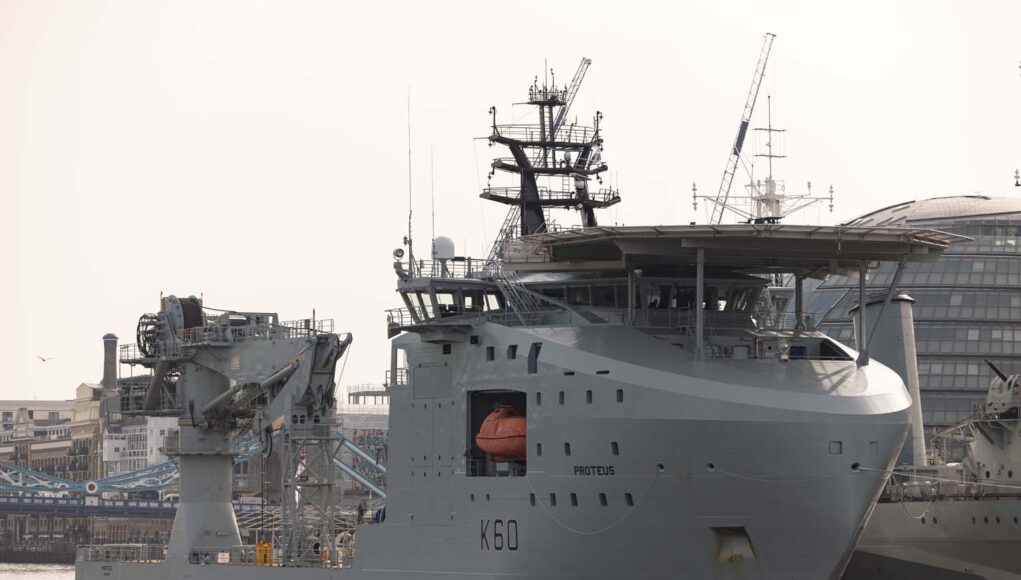
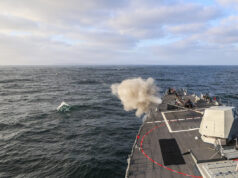
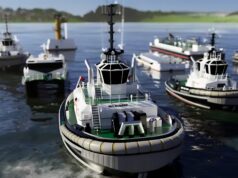
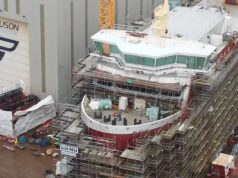
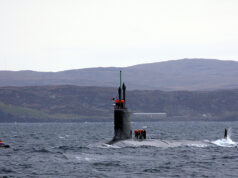
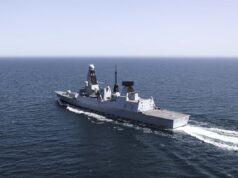
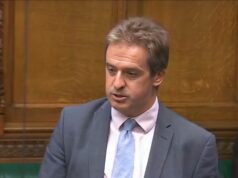
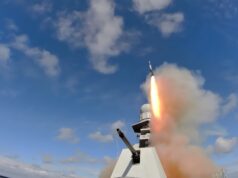
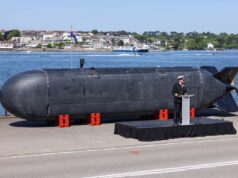
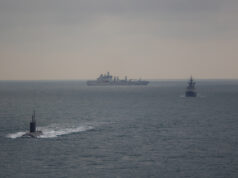
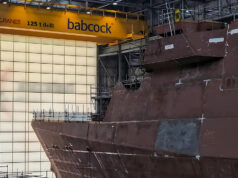

So in non political language “we are looking at things, but not actually doing anything until the SDR”. Why not just say “and that answer covers everything else with the exception of AUKUS, GCAP and Military aid for Ukraine, so stop asking !”
There that’s nice and clear, but meanwhile the clock is ticking 🤦🏼♂️
Agreed. But also, this is a quite sensitive area, with the undersea CNI and the links to things like IUSS and wider ASW Surveillance. So not a subject to be discussed and certainly what enhancements have been made won’t be outlined to an MP.
Some of Proteus activities would I suspect echo that of HMS Challenger, herself shrouded in secrecy.
M8 I actually think that although IUSS, TASS and SURTASS isn’t generally spoken about in the public domain the way it is operated and control over it should be worrying the living daylights out of someone in this country.
The US just threw Ukraine under a bus withdrew intelligence and satellite comms and as far as I am aware they can do so to the rest of us with nothing we can do about it.
In fact I’d go as far as saying that Europe should fund its very own system starting in the littoral and the GIUK gap.
Ha! You have a point. There was the JMF at St Mawgan in more recent times, and Edzell, Brawdy back in SOSUS times, but now it has migrated over the Atlantic to Dam Nek.
With a token RAF, RN allocation.
So yes, no control AFAIK.
Basically we have to.
The problem is how much of the tech ownership have we lost through the recent acquisition of a rather critical UK company?
I recall GBs comments on that, and the level of security around the most sensitive parts.
Didn’t HMG retain some type of golden share like in BAES case for access?
What are IUS, TASS and SURTASS?
Shall I translate your translation?
‘We are looking at things and wondering what to cut, that isn’t too obvious as it will enrage The Tangerine Tinted King of the World, when we have determined the level of cuts we can think about more cutting edge waffle to pack in place of investments. Army have spent the whole of the defence uplift on developing the one singular invincible tank that weights 200,000kg [so no bridge can support it] with an amazing gun [for which we can afford one projectile] and it is so secret [it cannot be used in battle] – however, it is of great comfort that we have such a tank and we could make a few more [given a couple of decades notice] if the defence budget was increased to a modest 30% of GDP.
Hope that is clear?
Wow. Suddenly maritime security is a thing. How did we not know this before now? Ah. I remember. Finger rammed firmly up ….
I recall when PQs were collectiveĺy a reasonable source of facts. I’d rather have a ‘no comment’ than what this has generated.
Anyone who has been watching the comings and goings in the Irish Sea over the last few years will tell you that this issue is not new.